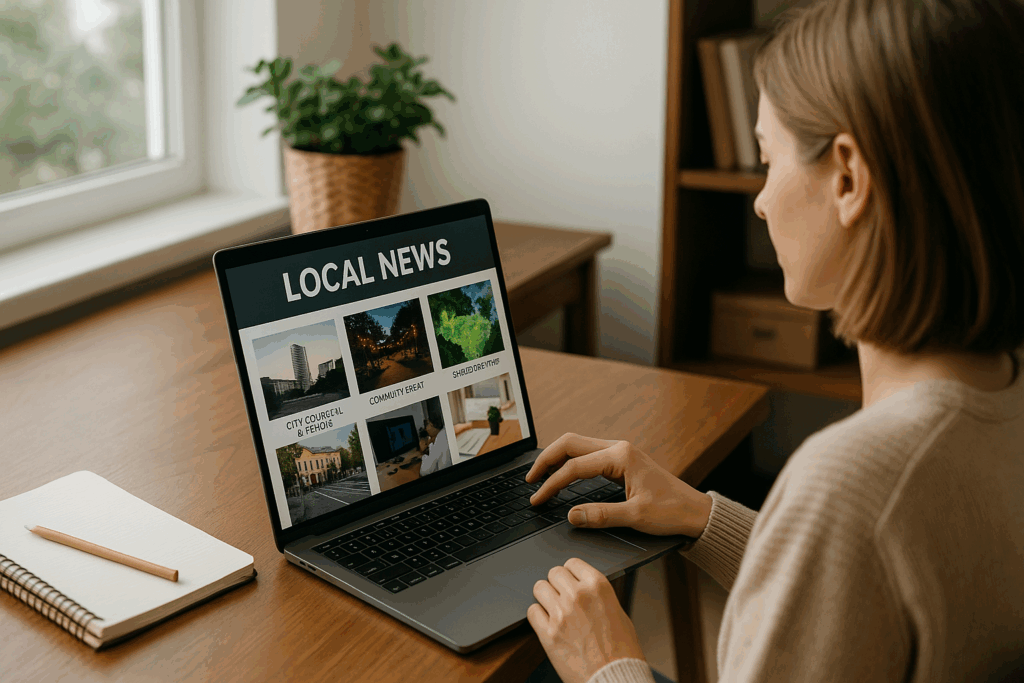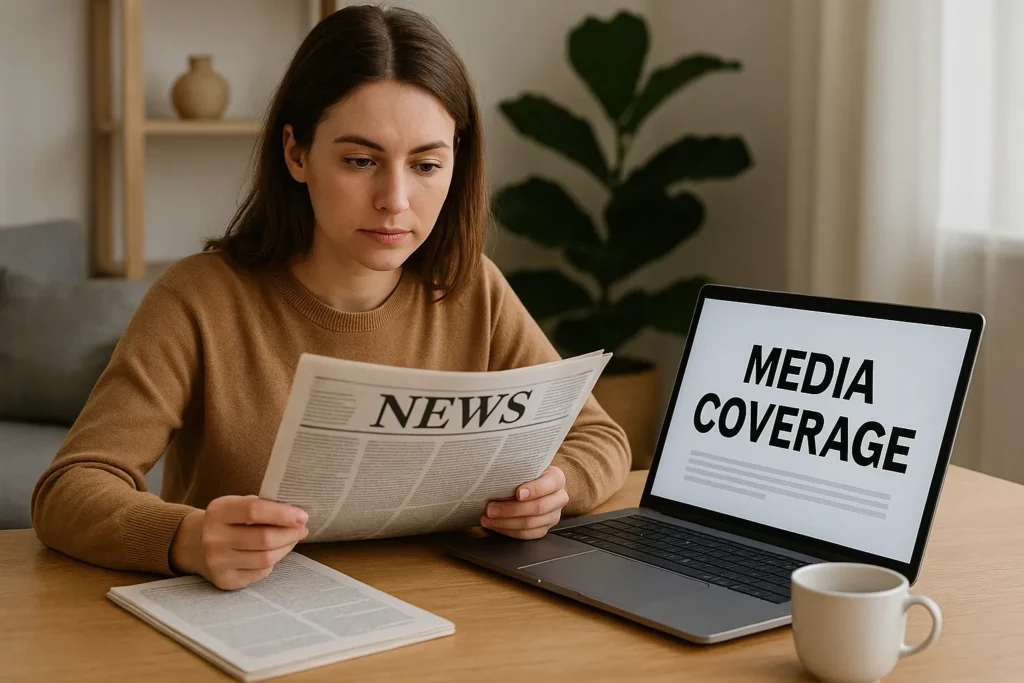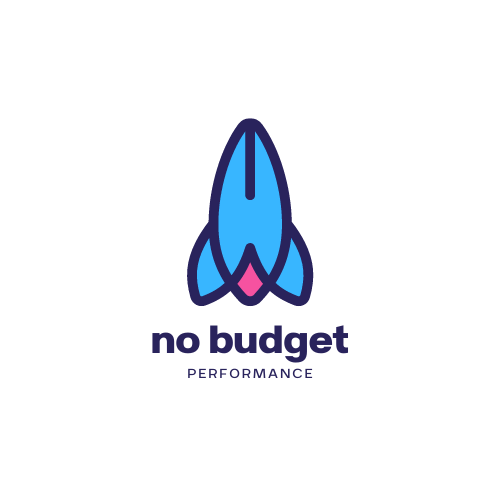How to Get Press Coverage as a Performance Artist
Most performance artists think they need thousands of dollars for a PR agency to get media coverage. That’s not true at all. Independent artists across Australia are proving this wrong every day. They’re building impressive press portfolios with nothing but determination and the right approach.
This guide will cover how to get quality press coverage without spending a fortune on PR agencies:
- Creating professional press kits that stand out
- How to write releases journalists read
- Target local media outlets effectively
- Pitching stories that get responses
- Turn every piece of coverage into more opportunities
Once you know what editors want, your geographic location stops being a problem. It becomes your biggest advantage instead.
Many artists think talent alone gets them noticed, but the reality is different. Building genuine relationships with journalists is what separates successful artists from the rest. Let’s start with the foundation every artist needs to build serious credibility.
Your Press Kit Essentials
Performance artists need three core items for their press kit: professional photos, best tracks with working streaming links, and a clear story. These elements matter because journalists scan dozens of submissions weekly and need everything they require to make quick decisions about featuring your work.
However, most press kits fail because artists think more equals better. Wrong approach entirely. Journalists want quality information they can use immediately. They don’t want folders packed with random files and lengthy backstories.
Smart artists focus on three components that industry professionals look for:
- Photos That Don’t Look Like Holiday Snaps: Your images should be professional enough for print publication. We are not saying hire expensive photographers. It means you need to understand basic lighting and composition because clean backgrounds work better than cluttered ones. We have seen brilliant musicians lose features simply because their photos looked amateurish.
- Best Tracks With Working Streaming Links: Present your music clearly with functioning links. Also, make sure you test every link before sending. It’s because nothing frustrates editors more than broken URLs when they’re ready to listen to your work.
- A Story That Makes Sense Instantly: Your press kit should tell your story without confusion. So, try to think like an editor scanning dozens of submissions and present everything they need upfront. It will make their decision easy.
The takeaway from here is that a professional presentation doesn’t require huge budgets. It just requires understanding what matters to the people who’ll feature your work.
Writing Press Releases Like a Pro

Your press kit looks the part, but now comes the real challenge. Writing press releases that journalists want to share is not one plus one. You need to understand what makes news worth covering.
Follow these proven strategies to write releases that get results:
- Hook Creation: Timing is important when you announce your new music. Maybe there’s a local arts festival happening, or your genre is trending in the news. Connect your release to these major stories because journalists love angles that feel relevant to what’s already happening in the arts world.
- Geographic Advantages: Your location is actually your secret weapon here. National artists can’t write about the same local venues, community events, or regional music scenes that you know inside and out. Media outlets in your area are always looking for stories that resonate with their specific readership.
- Story Structure: Keep it simple by answering who, what, when, where, and why in your opening paragraph. Don’t make journalists hunt for basic information. They’re busy people who appreciate it when you make their job easier by getting straight to the point.
- Length Matters: Longer isn’t better when it comes to press releases. Most publication editors prefer releases under 400 words that get straight to the point without fluff. Think of it like a conversation where you have 30 seconds to explain why someone should care.
- Follow-up Timing: Tuesday through Thursday mornings work best for getting journalists to read your release. During this timeframe, journalists plan their weekly content, so your email lands when they’re most receptive to new story ideas.
A common mistake artists make is writing about themselves instead of writing for their audience.
Journalists don’t care that you’re “excited” about your release. What they want to know is why their readers should listen.
So, frame your story around what makes you newsworthy right now. Skip the parts about personal happiness and focus on public interest instead.
Think like a publication editor scanning hundreds of releases weekly. What would make them stop and read yours twice?
Finding Your Local Media Opportunities

Your backyard contains media opportunities you’re probably missing without realizing it. You are missing out on local media outlets, which are much more accessible than national publications. The reason is simple: local editors are always hunting for fresh stories about artists in their geographic location.
Target publications like this for maximum success:
- Community Newspapers: Weekly publications love featuring new musicians and performance artists. The editors at these papers want to showcase local talent before mainstream success hits. It’s like giving their readers an insider scoop on who to watch. Plus, their audience genuinely enjoys discovering artists in their own backyard.
- Regional Magazines: Most run monthly features on up-and-coming talent. The truth is, editors get excited when there’s a compelling human story behind the art. Maybe you overcame challenges to pursue performance art, or you’re reviving traditional techniques. Fact is, local angles always win with magazines because their readers want stories they can relate to.
- Community Radio Stations: Radio stations are absolute treasures for independent artists. How so? Well, radio stations need fresh content constantly, like every single week. So, many stations run regular segments highlighting local musicians and artists in the area. What’s even more interesting is that the hosts are usually music lovers who genuinely want to support artists in their community.
- University Radio: Perfect for experimental and performance art that pushes boundaries. Commercial stations won’t touch this content because it’s too niche for their audience. On the other hand, we have heard university broadcasters actively seek it out instead because they’re not worried about mass appeal.
- State Arts Blogs: Online publications focus specifically on your area. Writers here are passionate about supporting local talent. Many have direct connections to bigger media outlets, too.
Our suggestion is: research each option with contact information for editors who handle cultural content in your area.
Pitching Stories That Get Media Attention
Getting ignored by journalists stings, but it’s usually just poor pitching technique. We have seen that most artists send generic emails that sound exactly like every other musician trying to get press coverage.
It’s time to expand your outreach success with this systematic approach:
- Subject Line Magic: Write headlines that sound like actual news stories. It’s best if you skip promotional announcements about your latest album release entirely. The real challenge is getting journalists to actually open your email.
- Opening Hook Secrets: Why does this story matter to their readers? Instead of talking about yourself, it’s best to start by answering that question. Journalists want to know what’s in it for their audience before they care about your personal journey.
- Keep Everything Short: Journalists scan emails in under 15 seconds. So, get to the point quickly, or you’ll lose their attention forever. If you can’t explain why they should care in three short paragraphs, your story probably isn’t ready yet.
- Perfect Timing Strategy: Tuesday through Thursday mornings get the best response rates. Editors and publication staff are planning their weekly content then. Our advice is to reach out to these editors and staff when they’re actively looking for stories to fill their editorial calendar.
- Follow-Up That Works: Wait one week, then send a brief reminder. Never follow up more than twice with the same contact person. Your follow-up should add new information or a different angle, not just repeat the same pitch. You must respect their time and their inbox.
- Build Real Connections: Comment on journalists’ recent articles before pitching. Show genuine interest in their work and the stories they typically cover for their publication. No, you’re not sucking up to them. You are there to prove to them that you do read their work and understand their standpoint.
Remember this simple truth: journalists are regular people doing their jobs. So, treat them like humans, not publicity machines.
Once you start getting coverage, make it count for your long-term career growth.
Making Press Coverage Work Harder for You

Most artists know this. Every press mention they earn can be worth ten times more than most musicians realise. Getting featured once feels amazing, but that’s just the beginning.
We’ve watched talented artists get incredible coverage, only to completely waste the opportunity because they didn’t know what to do next.
Here’s how you can turn your media wins into long-term career momentum:
Press Quotes That Build Credibility
Copy the best sentences from every review or feature article about your work because these become powerful testimonials that sell your talent better than any self-promotion ever could. Use these quotes on your website, social media, and future press kits to show credibility.
This works so well because journalists’ words carry more weight than anything you can say about yourself. When industry professionals see respected writers praising your work, it changes how they view your credibility completely.
Your Media Mentions Library
Screenshot every online article, save PDFs of print features, and organise everything in folders by publication type. This archive becomes your proof of media attention when applying for grants, booking gigs, or pitching bigger outlets (you’re basically putting together your lifetime portfolio).
Simply collecting your coverage won’t do. You also need to share it strategically. Always tag the publication and journalist when you share articles on social media. This action helps you build stronger relationships for future pitches and maximises your audience reach beyond your current followers.
Ready to Take Your Artist Profile Further?
Do-it-yourself publicity gets you started, but a professional presentation keeps your career growing. You now have the tools to earn press coverage without expensive PR agencies.
Artists who thrive long-term take the next step. They combine these skills with websites that showcase their credibility professionally.
Once you start getting that media attention, it creates a ripple effect. The next thing you know, readers want to find more of your work online, and industry professionals look for organised press coverage. Our advice? Don’t let a poor website waste all the hard work you’ve put into getting press coverage.
You need a dedicated website that works as hard as your publicity efforts do. No Budget Performance creates websites specifically for performance artists who want to turn their media attention into real career opportunities.
Focus on building relationships with journalists, and let us handle presenting your achievements online professionally.
